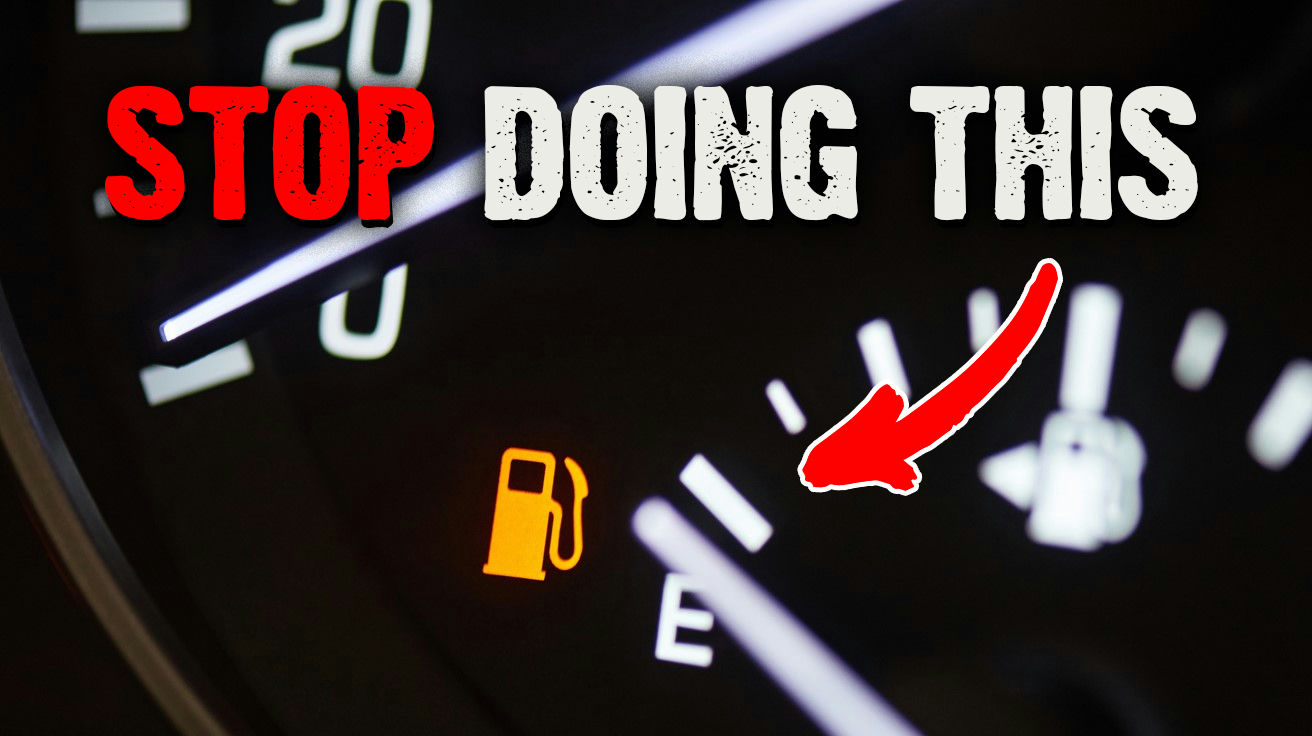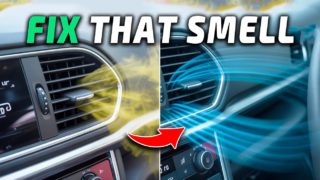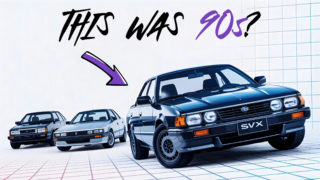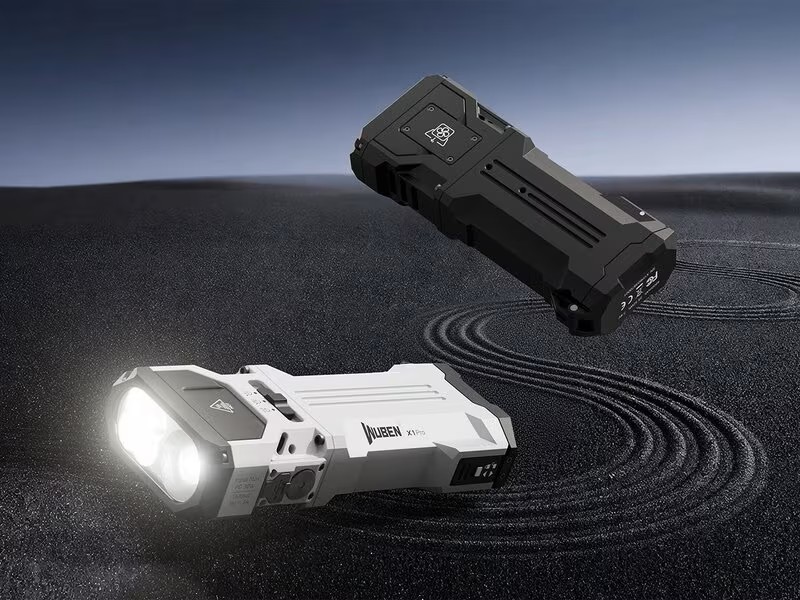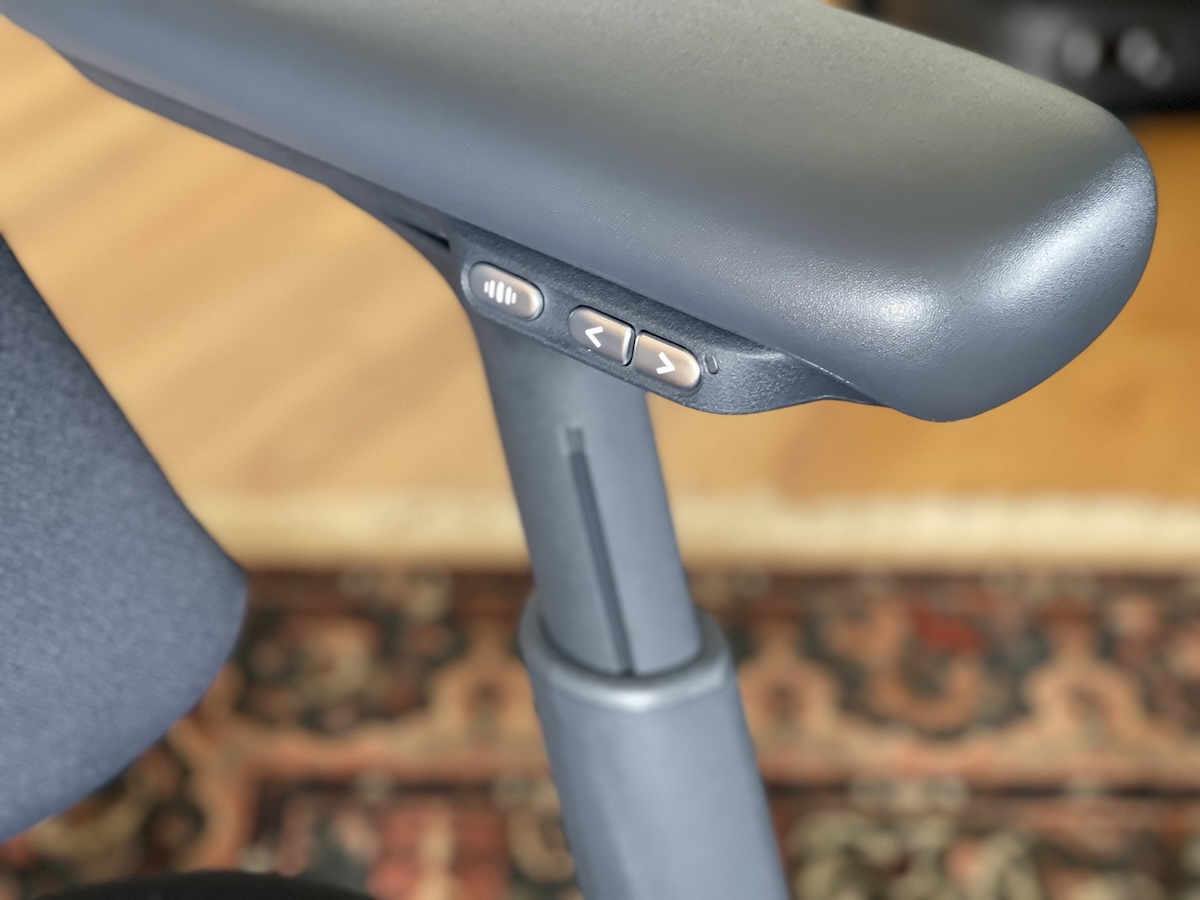Your car is quietly suffering. While you’re blissfully unaware, daily driving habits are launching a full-scale assault on your vehicle’s vital organs. Each turn of the key potentially shortens its life by hundreds of miles. Think of these automotive transgressions as tiny papercuts—individually annoying, collectively fatal. The difference between a car that wheezes its last breath at 100,000 miles and one that triumphantly cruises past 250,000 comes down to avoiding these mechanical cardinal sins. life by hundreds of miles. Think of these automotive transgressions as tiny papercuts—individually annoying, collectively fatal. The difference between a car that wheezes its last breath at 100,000 miles and one that triumphantly cruises past 250,000 comes down to avoiding these mechanical cardinal sins.
The average driver commits at least seven of these automotive felonies weekly, sending repair bills soaring faster than fuel prices after a refinery hiccup. Master these simple corrections and you’ll save enough to fund a proper holiday, and you’ll experience the smug satisfaction of driving past those unfortunate souls stranded roadside, hood up in surrender. Their mechanical misfortunes were inevitable conclusions to years of vehicular neglect.
18. Ignoring Dashboard Warning Lights
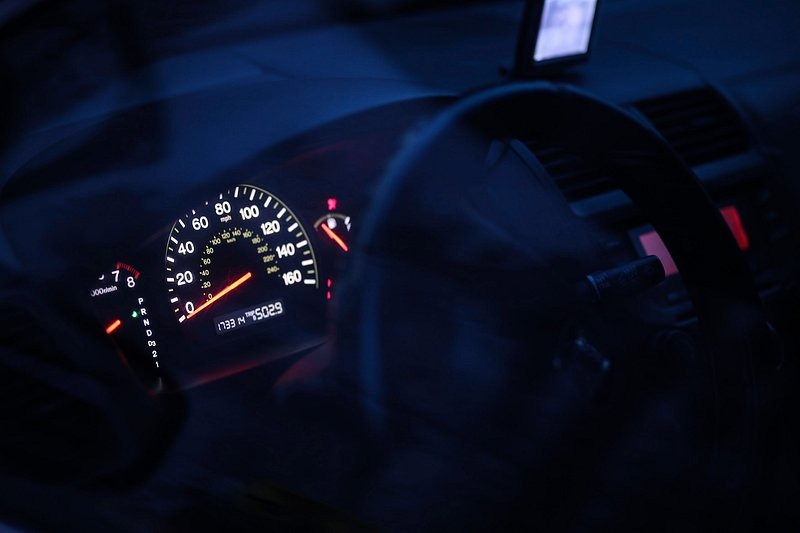
Dashboard warning lights are your vehicle’s desperate attempts at communication, yet 40% of drivers respond with all the attentiveness of a teenager being told to clean their room. These illuminated hieroglyphics are sophisticated diagnostic systems detecting problems before they escalate from affordable fixes to mechanical catastrophes. An oil pressure light ignored for even a few miles can transform your engine from precision machinery into very expensive modern art.
Investigate any warning light within 24 hours of appearance. Most auto parts stores offer free diagnostic scans that translate your car’s electronic distress signals into plain English. Addressing issues early typically costs 5-10 times less than waiting for spectacular failure. Modern vehicles contain more computing power than early space shuttles, with hundreds of sensors monitoring every aspect of operation. When one of these triggers an alert, it’s the automotive equivalent of chest pain. Ignoring it displays a profound misunderstanding of both technology and financial planning.
17. Running on Empty
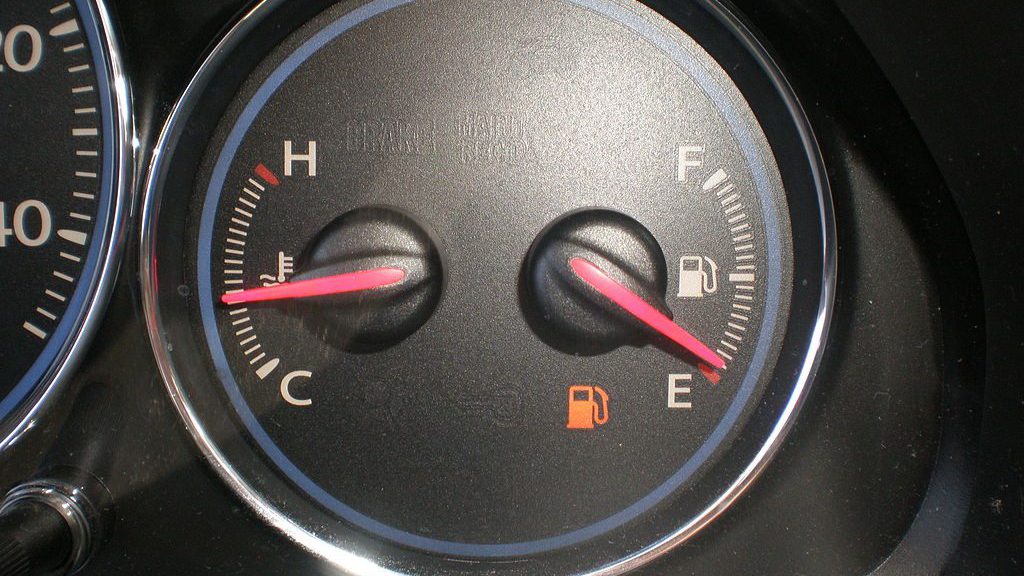
That dashboard fuel light is your car’s desperate plea for survival. Your fuel pump is submerged in gasoline for the same reason polar bears don’t vacation in Death Valley: it would literally cook itself without proper cooling. Driving on fumes forces this vital component to run hotter than a habanero in a heat wave, while simultaneously sucking up whatever medieval sludge has accumulated at the bottom of your tank. This sediment parade marches straight through your fuel filter and injectors with all the grace of a bulldozer through a china shop.
Keep your tank above quarter-full always. This is the difference between spending $8 on fuel now or $800 on a new fuel pump later. Modern fuel pumps fail so spectacularly when run dry that you’ll find yourself stranded in exactly the sort of location where mobile phone reception goes to die. And that momentary satisfaction of squeezing an extra day before filling up? About as wise as using sandpaper as toilet tissue—briefly economical, lastingly regrettable.
16. Using Two Feet While Driving
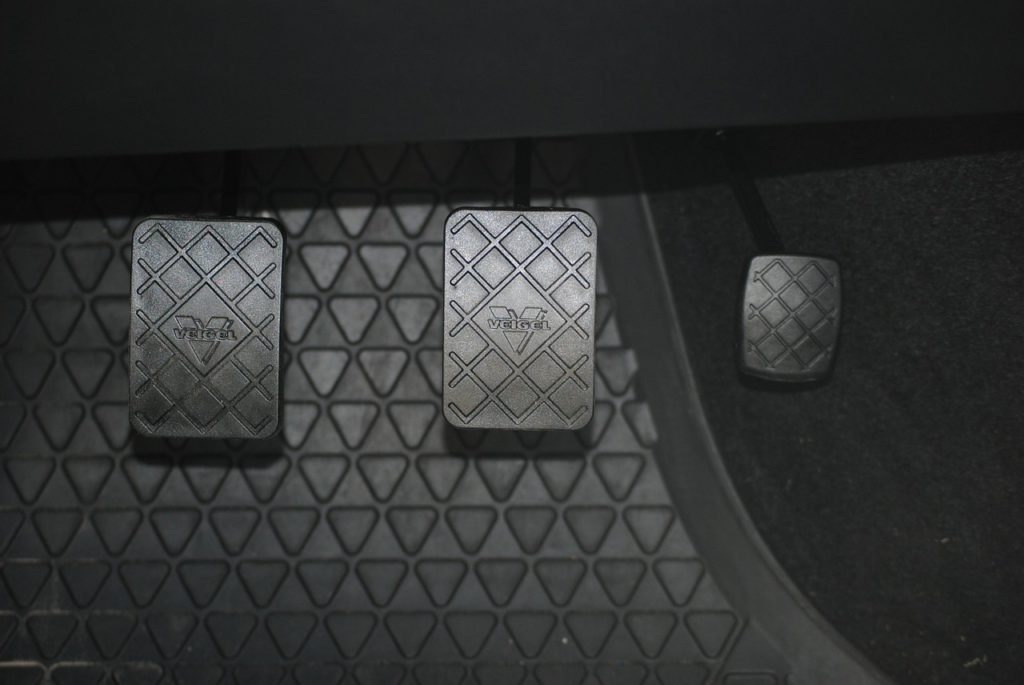
Two-foot driving in an automatic vehicle is the automotive equivalent of patting your head while rubbing your stomach—unnecessarily complicated and prone to disaster. This counterproductive technique invariably leads to brake-gas overlap, creating a confused vehicle that’s simultaneously trying to accelerate and decelerate. This mechanical contradiction generates tremendous heat in the braking system while sending conflicting data to the engine management computer, which responds similar to someone being simultaneously told to sprint and take a nap.
Keep your left foot firmly planted on the dead pedal where it belongs. Using one foot for both pedals creates a natural safety mechanism—you physically cannot press both pedals at once. In emergency situations, split-second decisions become critical, and two-footed drivers frequently panic-press both pedals, creating the opposite of their intended outcome. The subtle, often unconscious, pressure that two-foot drivers place on the brake pedal also creates permanently illuminated brake lights, confusing following drivers about your actual intentions. This habit originated with manual transmission vehicles and makes as much sense in an automatic as wearing swimming goggles in the desert.
15. Not Being Gentle When Stuck in Snow
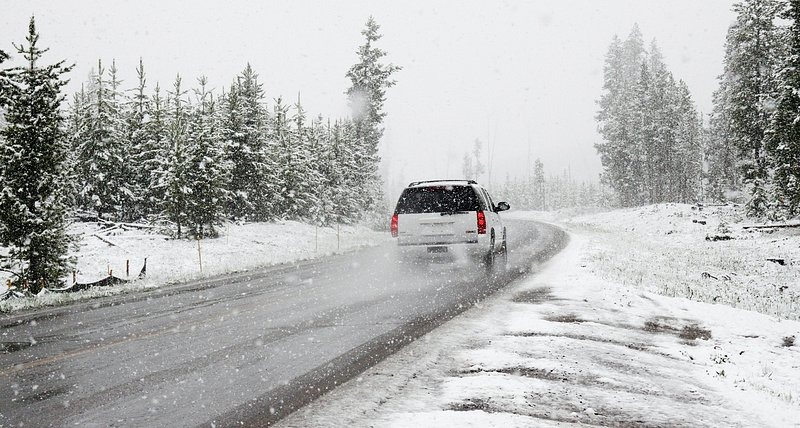
Mashing the accelerator when stuck in snow is about as effective as trying to escape quicksand by jumping up and down vigorously. The frantic wheel spinning generates enough heat to transform your transmission fluid from protective lubricant to destructive acid within minutes. This thermal abuse melts clutch facings and warps precision bands faster than a blowtorch through butter, while accomplishing nothing toward vehicle extraction.
Rock your vehicle gently using physics rather than brute force. Place kitty litter, floor mats, or sand under drive wheels for traction, and alternate smoothly between reverse and drive with complete stops between direction changes. If equipped with low-range gearing, use it—that’s literally why it exists. This methodical approach might take five minutes longer than the caveman throttle-stomping technique, but saves thousands in transmission repairs. The quiet, controlled extraction method separates experienced winter drivers from the automotive equivalent of toddlers having tantrums. Patience is mechanical preservation in its purest form.
14. Shifting Into Park Before a Full Stop
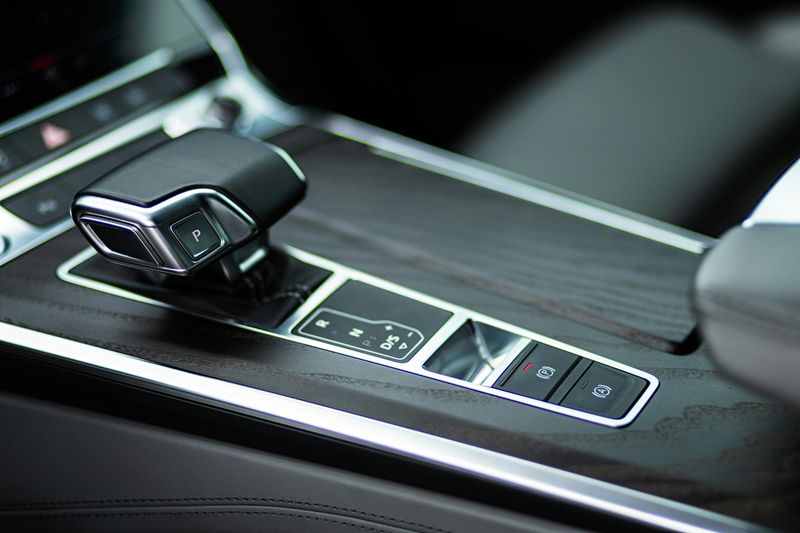
The parking pawl in your transmission is approximately the size of your pinky finger, yet people expect it to halt a two-ton vehicle like Superman stopping a runaway train. This tiny metal tooth is designed to lock a stationary transmission—not bring your rolling chariot to a dramatic halt. When you shift to Park while still moving, that microscopic component absorbs forces it was never engineered to handle, similar to using a plastic fork to stop a bowling ball.
Wait until your vehicle completely stops before selecting Park. You should feel the car settle—that slight rocking motion as it finds its resting position—before shifting. A broken parking pawl costs hundreds to repair but creates the terrifying possibility of your supposedly “parked” vehicle deciding to embark on an impromptu solo journey. This is especially exciting when parked on hills or facing storefront windows. The grinding noise you hear when shifting to Park while moving is your transmission writing its suicide note.
13. Coasting in Neutral
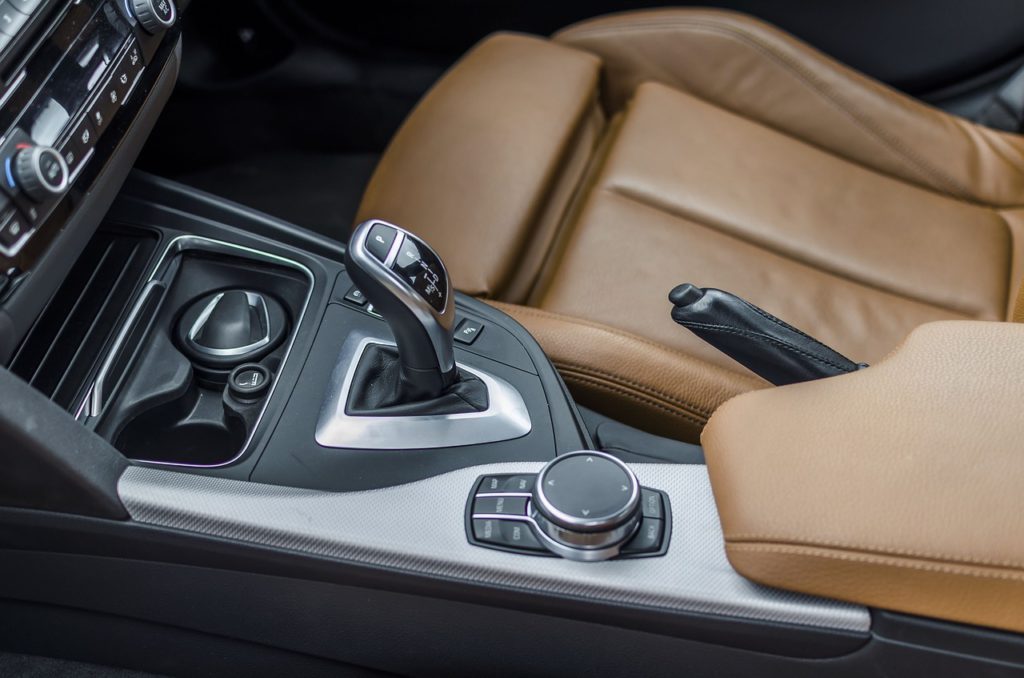
Coasting in neutral is the automotive equivalent of unplugging your computer while updating its software—seemingly harmless but fundamentally misguided. This driving fossil from the carburetor era persists despite being completely counterproductive in modern vehicles. Today’s engine management systems are smarter than the average reality show contestant, automatically cutting fuel during deceleration while in gear—essentially giving you infinite miles per gallon during those moments.
Keep your car in gear during deceleration. Beyond wasting fuel, neutral coasting leaves you unprepared for emergency maneuvers when seconds matter most. Without engine braking assistance, your brake pads absorb 100% of the stopping forces, wearing them out faster than discount shoes. Meanwhile, the constant shifting back to Drive creates more wear than leaving it engaged in the first place. The supposed “expert” who taught you this outdated technique probably still thinks the earth is flat and smartphones are a passing fad. Modern engines are designed to capitalize on deceleration for fuel efficiency—don’t outsmart the engineers who spent millions perfecting this system.
12. Hard Acceleration (Launches)
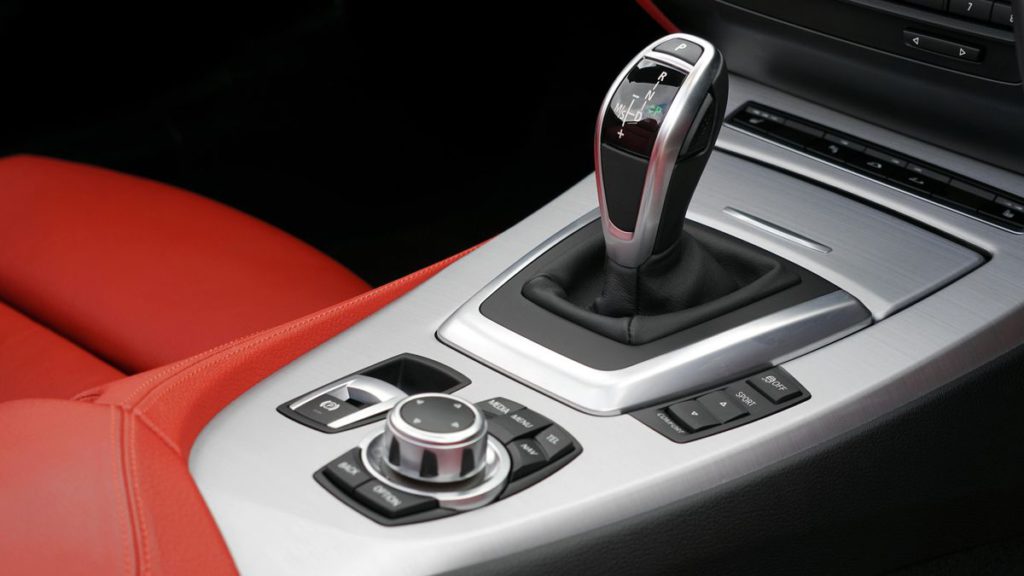
Flooring it from a standstill is the automotive equivalent of asking your grandmother to run a 100-meter sprint while carrying your refrigerator. That dramatic thrust you feel is your transmission internally screaming. Each time you launch like you’re auditioning for Fast & Furious 27, your torque converter endures temperatures that would make Satan reach for sunscreen, while transmission gears clatter like a skeleton falling down stairs.
Gentle acceleration adds precisely zero seconds to your commute but adds years to your drivetrain. Count to three as you increase pedal pressure—your car will reach the same speed within a fraction of a second difference, all while sparing your wallet the $1,500+ punishment of premature component failure. The most telling sign of automotive wisdom is how smoothly someone accelerates. That momentary adrenaline rush from rocketing away from traffic lights costs approximately $50 in mechanical wear per launch. Expensive thrills indeed.
11. Neglecting Protection from Direct Sunlight

Parking your car under the relentless summer sun is essentially placing it inside a giant self-cleaning oven with a “destroy resale value” setting. UV radiation attacks everything from your dashboard (causing it to crack like the surface of Mars) to your transmission seals (which dry out faster than forgotten houseplants). Meanwhile, interior temperatures can exceed 140°F—hot enough to slow-cook mechanical components never designed to operate in what amounts to a mobile sauna.
Park in shade whenever possible and invest in quality sunshades. Window tint is for the aesthetically inclined and blocks up to 99% of harmful UV rays that deteriorate interior surfaces and raise cabin temperatures. Regular waxing provides a sacrificial barrier between your paint and solar radiation, while dashboard protectants prevent the formation of microscopic cracks that eventually become visible fissures. These simple protective measures cost less than a nice dinner but preserve thousands in vehicle value. The difference between a 10-year-old car that looks showroom fresh and one that resembles archaeological evidence often comes down to nothing more than where it was parked during lunch breaks.
10. Driving Through Deep Water

Most cars approach water with all the aquatic prowess of a house cat. Those innocent-looking puddles can spell transmission death faster than you can say “insurance claim denied.” Automatic transmissions have vents typically positioned with all the foresight of building a submarine with screen doors. Once water invades, it transforms your beautiful transmission fluid into something resembling a strawberry milkshake—except this particular beverage costs thousands to clean up.
Avoid water deeper than half your wheel height. Your sedan is a precision machine with an acute allergy to H2O. If you absolutely must cross shallow water, maintain a slow, steady pace like you’re transporting nitroglycerin. And if your transmission fluid turns milky after a water crossing, consider your transmission already on hospice care. Complete replacement is often the only real solution, as water contamination destroys the adhesives binding clutch plates together with devastating efficiency. A moment of adventurous driving can trigger a repair bill that makes your credit card spontaneously combust.
9. Never Using the Emergency Brake
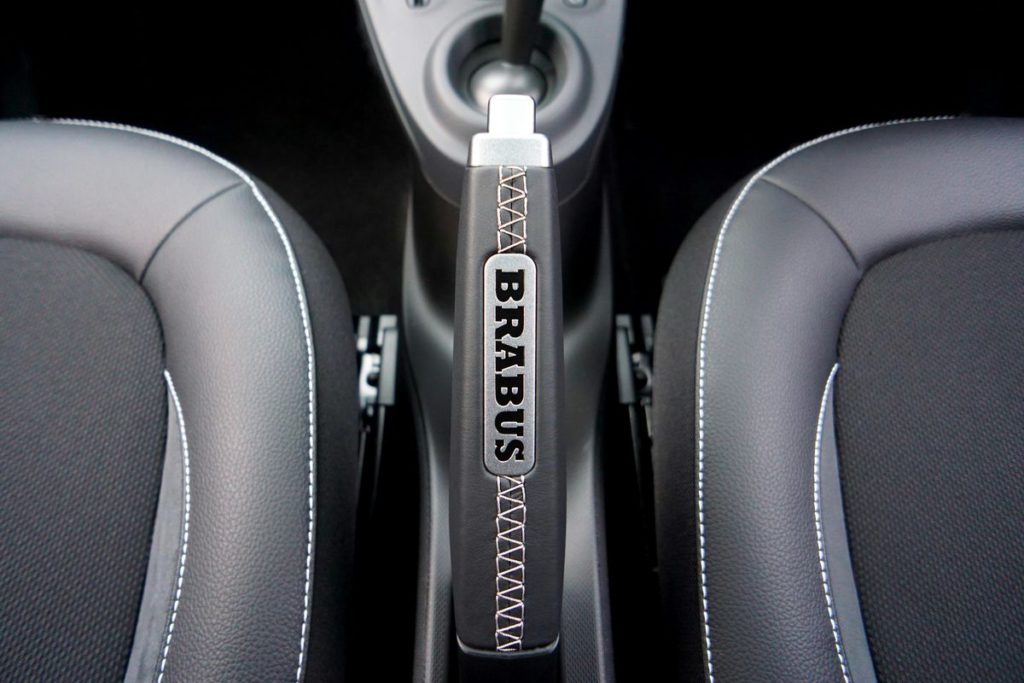
Relying solely on the transmission’s parking pawl to hold your vehicle is like trusting a plastic lawn chair to support a sumo wrestler. That tiny metal tab inside your transmission bears the entire weight of your vehicle—a responsibility it never signed up for. Over time, this mechanical abuse warps the pawl and stresses your engine mounts until they have the structural integrity of overcooked pasta. On hills, the forces multiply exponentially, playing Russian roulette with gravity and physics.
Use your emergency brake every single time you park. Modern electronic parking brakes require nothing more than pressing a button, making laziness an invalid excuse. This simple habit distributes holding forces across multiple systems instead of concentrating them on one fragile component. It’s particularly vital on even slight inclines where gravity silently works to overcome your transmission’s feeble resistance. The emergency brake is a fundamental part of proper parking procedure that can prevent your car from starring in its own runaway vehicle viral video. For safer parking and peace of mind, upgrading with next-level car accessories can provide extra security features beyond the basics, ensuring your vehicle stays exactly where you leave it.
8. Avoiding Routine Transmission Service
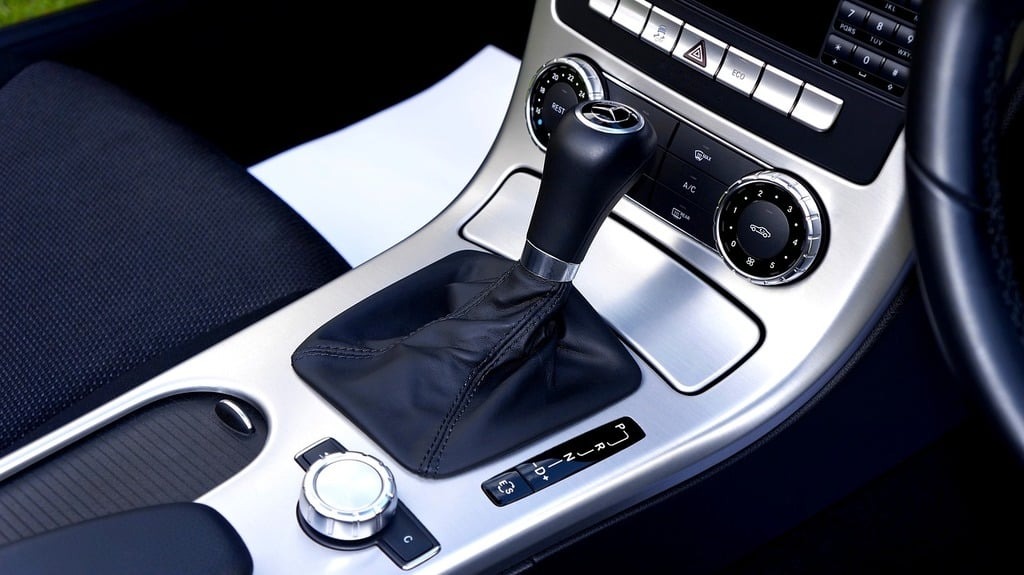
Neglecting transmission maintenance because “it seems fine” is similar to avoiding dental checkups until your teeth actually fall out—a profoundly expensive strategy. Modern transmissions contain more computing power than the average office, with solenoids, sensors, and electronic controls orchestrating a ballet of hydraulic precision. These components degrade gradually, sending subtle warning signs long before catastrophic failure. Regular service catches these whispers before they become expensive screams.
Schedule comprehensive transmission service every 60,000 miles regardless of apparent performance. This $300 investment includes inspection of critical components that typically fail progressively—filter media, solenoid response, and seal integrity. Most catastrophic transmission failures begin as minor issues that could have been addressed for one-tenth the eventual repair cost. “Lifetime” transmission fluid is among the auto industry’s most expensive marketing fictions, similar to claiming humans never need medical checkups. The complex mechatronic systems in modern transmissions require periodic maintenance irrespective of marketing claims suggesting otherwise. Staying ahead on transmission maintenance is just as critical as keeping up with the latest cool car inventions that boost convenience and vehicle longevity—and both can save you thousands in repair costs over the long haul.
7. Overfilling the Gas Tank
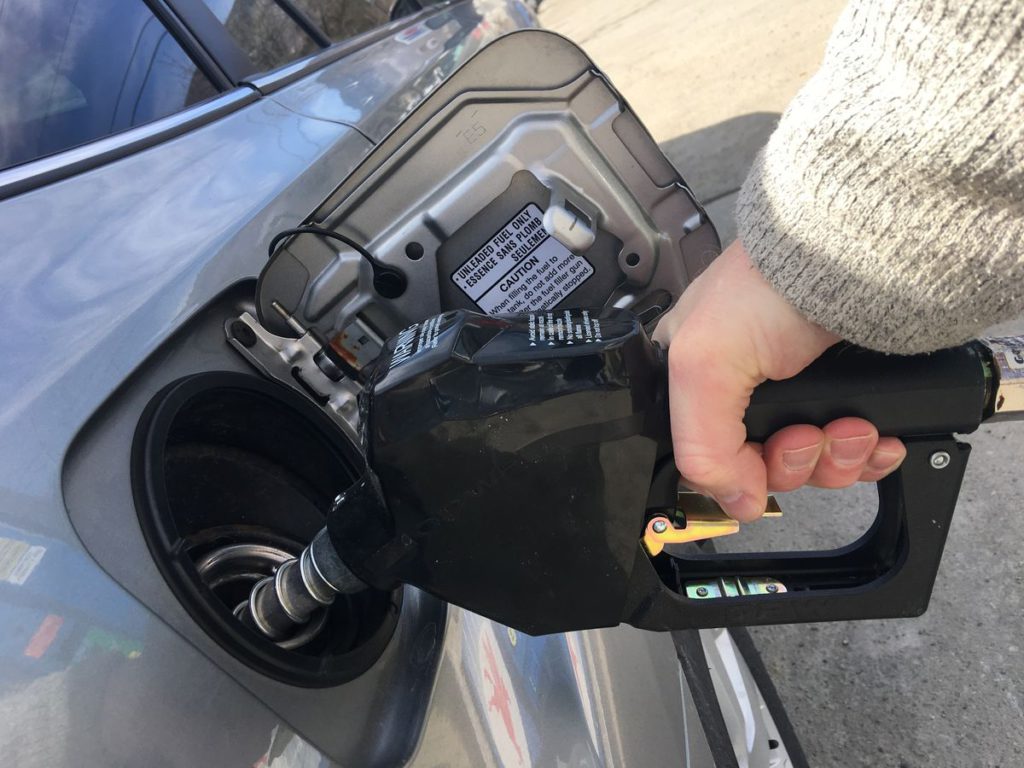
Continuing to pump after the nozzle clicks off is the fueling equivalent of forcing another slice of pizza into an already stuffed friend. That extra fuel is backing up into the evaporative emissions system, a complex network of valves and charcoal canisters designed to capture vapors, not handle liquid gasoline. Once saturated with fuel, these components fail spectacularly, triggering check engine lights and creating drivability issues that feel like your car is having an existential crisis.
Stop pumping at the first click every single time. Modern fuel systems are engineered with sophisticated vapor recovery systems that require airspace in the tank to function properly. That additional half-gallon you’re forcing in doesn’t extend your range—it damages expensive components and potentially leaks onto the ground after you drive away. EVAP system repairs average $200-600 depending on component damage, making those extra few miles of range the most expensive fuel you’ll ever purchase. This is one situation where “topping off” offers absolutely zero benefit while guaranteeing eventual problems.
6. Neglecting Transmission Fluid Changes
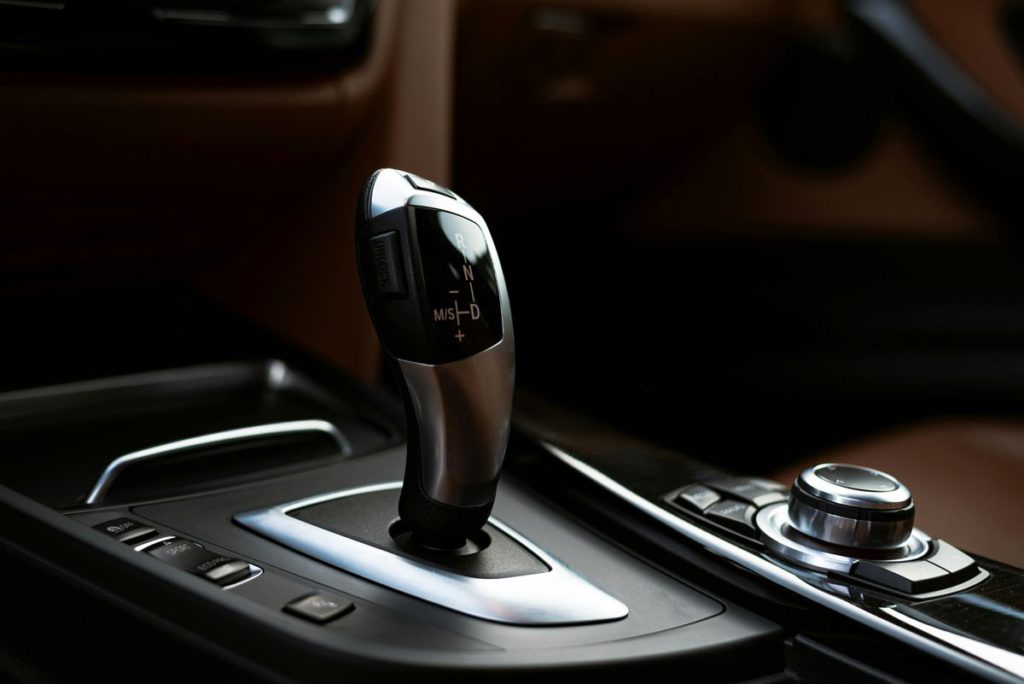
Transmission fluid is the lifeblood of your gearbox. Fresh fluid glows a vibrant cherry red—like something from a sci-fi movie—while efficiently transferring power and whisking away heat. But after 50,000 miles of thermal abuse, it degrades into a burnt-smelling brown sludge with all the lubricating properties of beach sand. At this point, your transmission’s internal components are essentially participating in their own funeral procession.
Schedule fluid checks with every other oil change and avoid that “lifetime fluid” nonsense. A $150 fluid service feels painful until you compare it to a $4,500 transmission rebuild—roughly the financial equivalent of choosing between a paper cut and amputation. The transmission in modern vehicles contains more computing power than the Apollo moon lander, yet people treat its maintenance with all the concern of changing a lightbulb. Check for fluid that smells like burnt toast or looks darker than coffee—both are distress signals that your wallet is about to get significantly lighter.
5. Shifting from Drive to Reverse While Moving
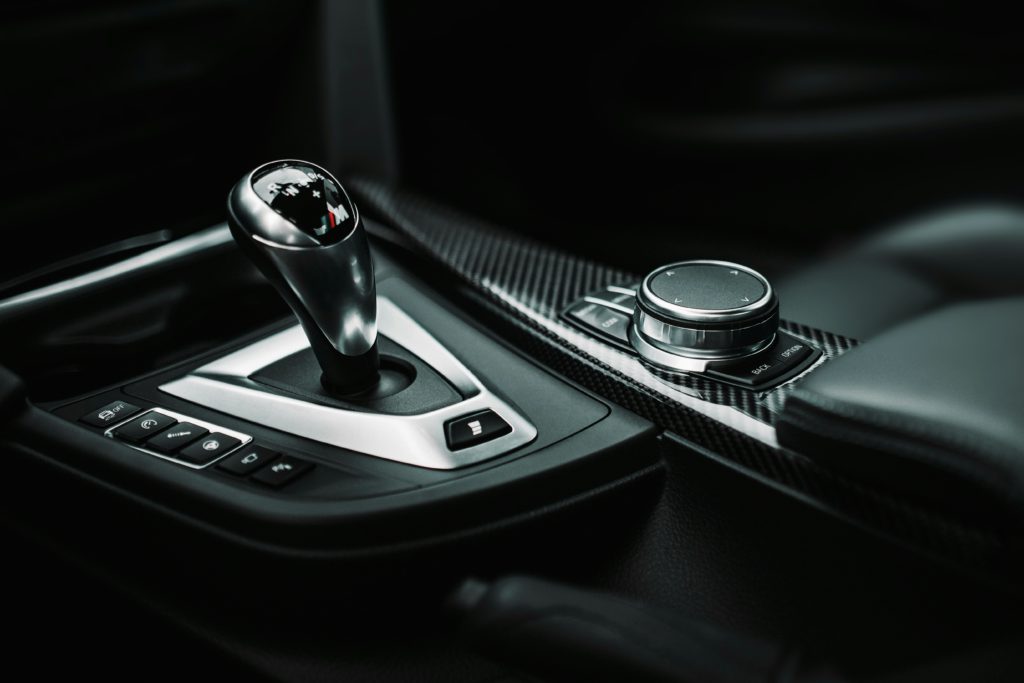
Changing from Drive to Reverse while still rolling is the mechanical equivalent of trying to change the direction of a freight train by grabbing the caboose and pulling. The resulting internal forces create a spectacular battleground inside your transmission where hardened steel components surrender with alarming speed. The grinding noise you hear is the death rattle of clutch packs and bands sacrificing themselves in real-time, like gladiators in a metallurgical Colosseum.
Come to a complete, absolute stop before changing directions. Count “one-Mississippi” after stopping to ensure all forward momentum has ceased. This microscopic moment of patience prevents transmission repairs that average $3,000—roughly equivalent to 600 cups of premium coffee or a decent used motorcycle. Modern transmissions contain planetary gear sets that must completely disengage before reversing direction. Forcing this transition while components are still rotating is similar to suddenly jamming a stick into spinning bicycle wheels—impressively destructive and entirely preventable. Your mechanic’s children don’t need college tuition that badly.
4. Leaving Car in Drive at Stop Lights
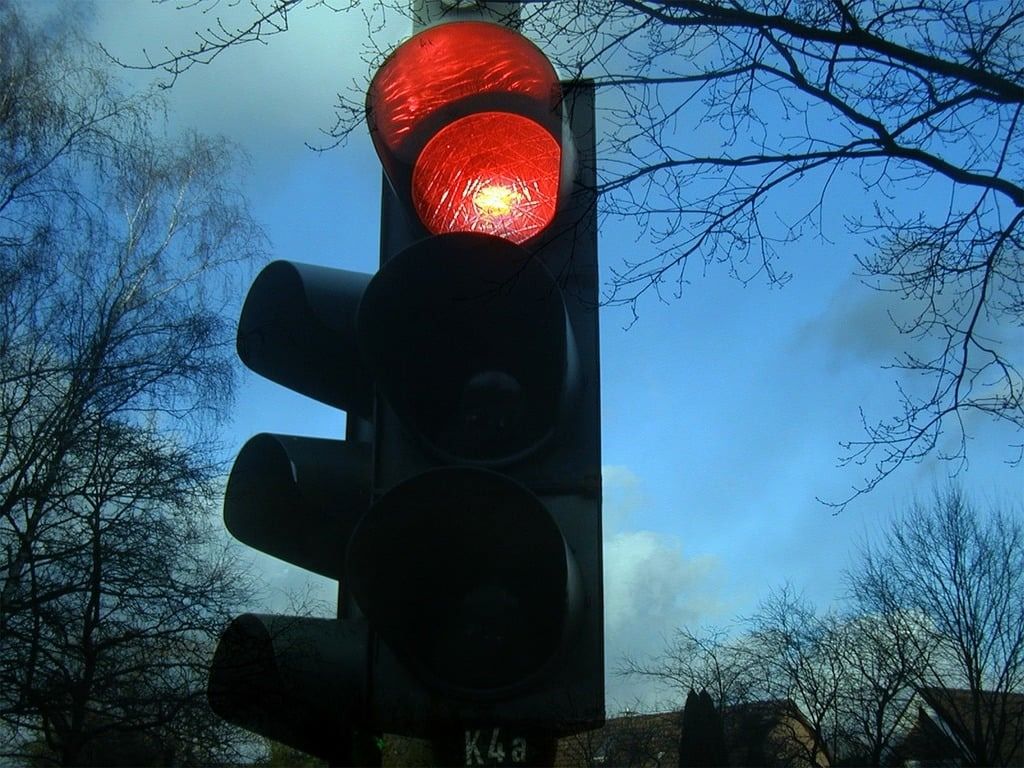
Sitting at endless red lights with your foot on the brake and the transmission in Drive is like running a marathon while someone constantly applies resistance. Your torque converter never gets a break—it keeps spinning and generating heat like a DJ at an all-night rave. On scorching summer days, transmission temperatures can climb by 50 degrees during a single traffic light cycle, cooking your fluid faster than a sidewalk egg in Death Valley.
Shift to neutral during stops exceeding 30 seconds. This simple habit allows transmission fluid to circulate properly and cool down, rather than baking into transmission-killing varnish. It takes less effort than scratching your nose yet delivers spectacular long-term benefits. The transmission in most vehicles costs roughly one-tenth the price of the entire car, yet drivers protect this investment with all the diligence of leaving fine art in a kindergarten classroom. Your left hand is already resting near the gear selector—put it to good use.
3. Not Warming Up Transmission in Cold Weather

Cold transmission fluid has about as much flow as refrigerated honey—it sluggishly oozes rather than freely circulates. When temperatures drop below freezing, your transmission’s hydraulic fluid thickens dramatically, forcing internal components to battle through this molasses-like substance. Shifting gears becomes about as smooth as a teenage orchestra’s first rehearsal, with metal parts grinding against each other while desperately waiting for proper lubrication to arrive.
Give your car 30-60 seconds of idle time in freezing temperatures. This brief pause allows vital fluids to reach operating temperature, preventing the mechanical equivalent of a cold-water shock to your system. For the first mile or two, drive as gently as you would with a newborn in the backseat—smooth acceleration, no sudden movements. This small investment of patience prevents metal-on-metal contact that silently shaves years off your transmission’s life expectancy. Modern cars still appreciate a moment to wake up properly before performing.
2. Idling in Drive for Too Long
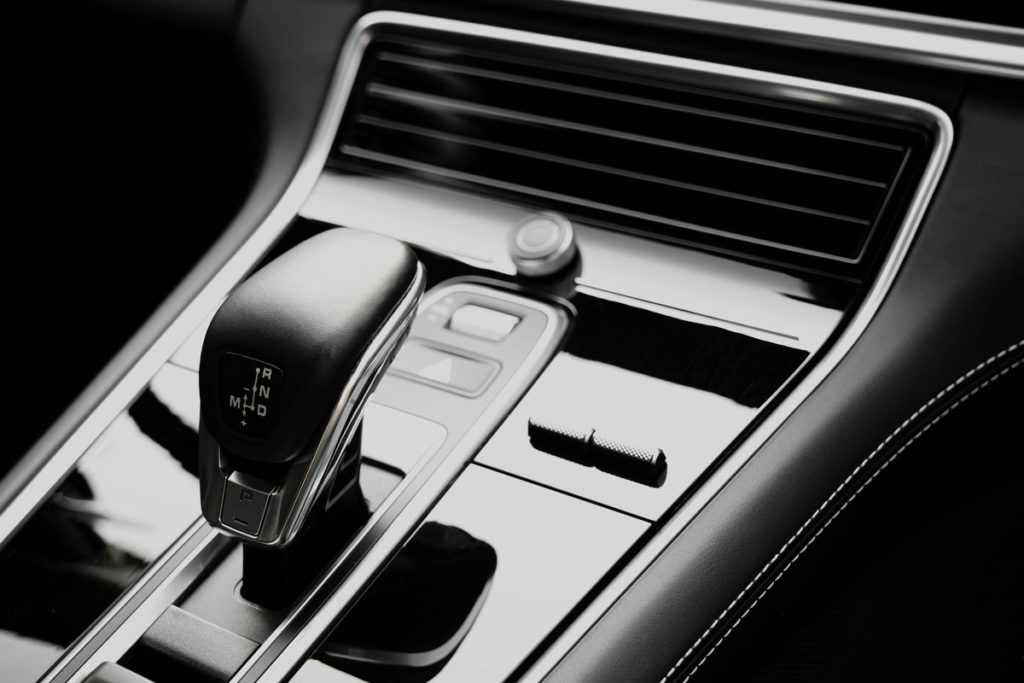
Leaving your automatic in Drive while idling is similar to running a marathon in place—you’re generating heat and wear without actually going anywhere. The transmission fluid circulates through the torque converter, gaining heat but lacking the airflow normally created by forward movement to cool it down. Meanwhile, diesel engines suffer from “wet stacking” as unburned fuel washes past piston rings and dilutes your oil into a contaminant soup with the viscosity of chocolate milk.
Shift to Neutral during idle periods exceeding 60 seconds and shut off completely after 3 minutes. Modern starters are designed for frequent use, and the fuel saved outweighs any theoretical wear. The urban myth about idling being better than restarting belongs in the same historical dustbin as bloodletting and mercury as medicine. Your car’s cooling system depends on movement—sitting stationary in Drive creates a mechanical sauna that slowly cooks components from the inside out. This is especially critical during summer months when ambient temperatures already push systems near their limits.
1. Resting Your Hand on the Gear Selector
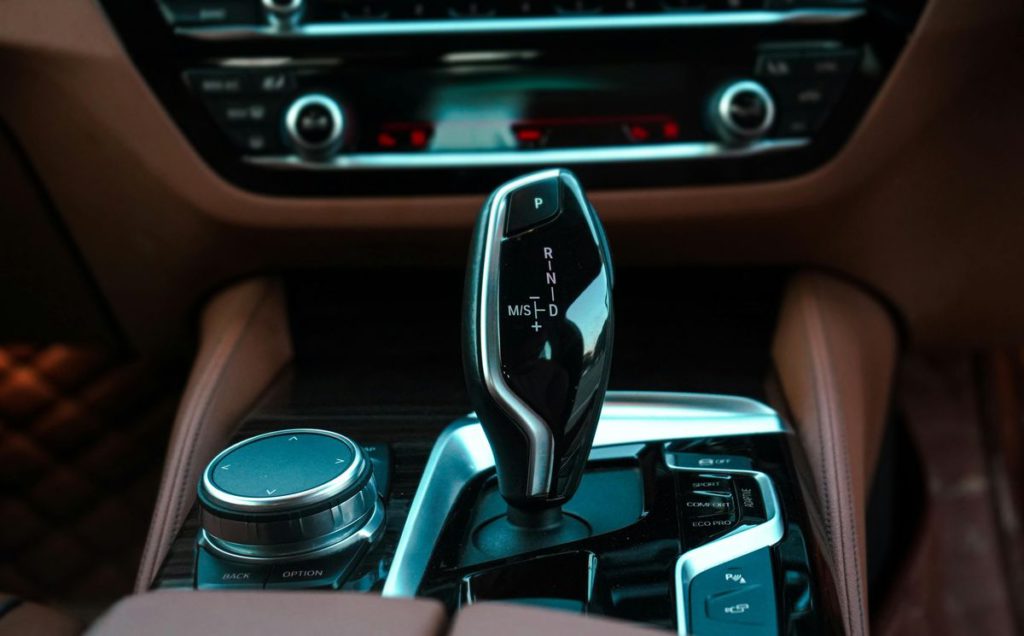
That casual hand resting on your automatic shifter is applying constant pressure to precision components never designed for such persistent contact. The selector connects to your transmission through a series of delicate linkages and bushings that interpret even minute movements. Your relaxed palm exerts enough force to create play in these connections over time, similar to how constantly leaning on a door eventually loosens its hinges.
Keep both hands on the wheel except when actively changing gears. This habit prevents premature wear on expensive components and improves your reaction time in emergencies. Shifter mechanisms in modern vehicles are calibrated with tolerances measured in millimeters—not designed to support the weight of a bored appendage on cross-country journeys. The resulting slop in the linkage creates unpredictable shifting patterns that feel similar to transmission failure. Worst of all, this damage accumulates so gradually that most drivers never connect their habit with the eventual four-figure repair bill. Your shifter is a precision instrument, not an armrest.


